
Can’t book ‘world’s best restaurant’ Central? Mil, also in Peru, is a fascinating alternative from Central’s chef couple that follows the same principles
- Sitting 3,500 metres above sea level in the Andes mountains, Mil is social enterprise, research lab and fine-dining venue rolled into one
- Two tasting menus are offered, comprising eight courses representing different ecosystems
This year, Central, in Lima, Peru, was crowned No 1 at the World’s 50 Best Restaurants awards, ending a more than two-decade European and American stranglehold on the list.
Not that the result was entirely unexpected. The South American winner had hovered tantalisingly close to the top for years.
Opened in 2008, Central has become a champion not only of the country’s cuisine, but also its farmers, producers and artisans. At its multipurpose home in the Peruvian capital, chef couple Virgilio Martinez and Pia León take well-heeled guests on a gastronomic expedition through Peru’s rich ecosystems by altitude.
Dishes might include Warm Sea Current, a medley of seafood found 15 metres (50 feet) below sea level in the Pacific Ocean. Or Extreme Altitude, showcasing corn, kiwicha and sweet potato leaves from a dizzying 4,200 metres above sea level.
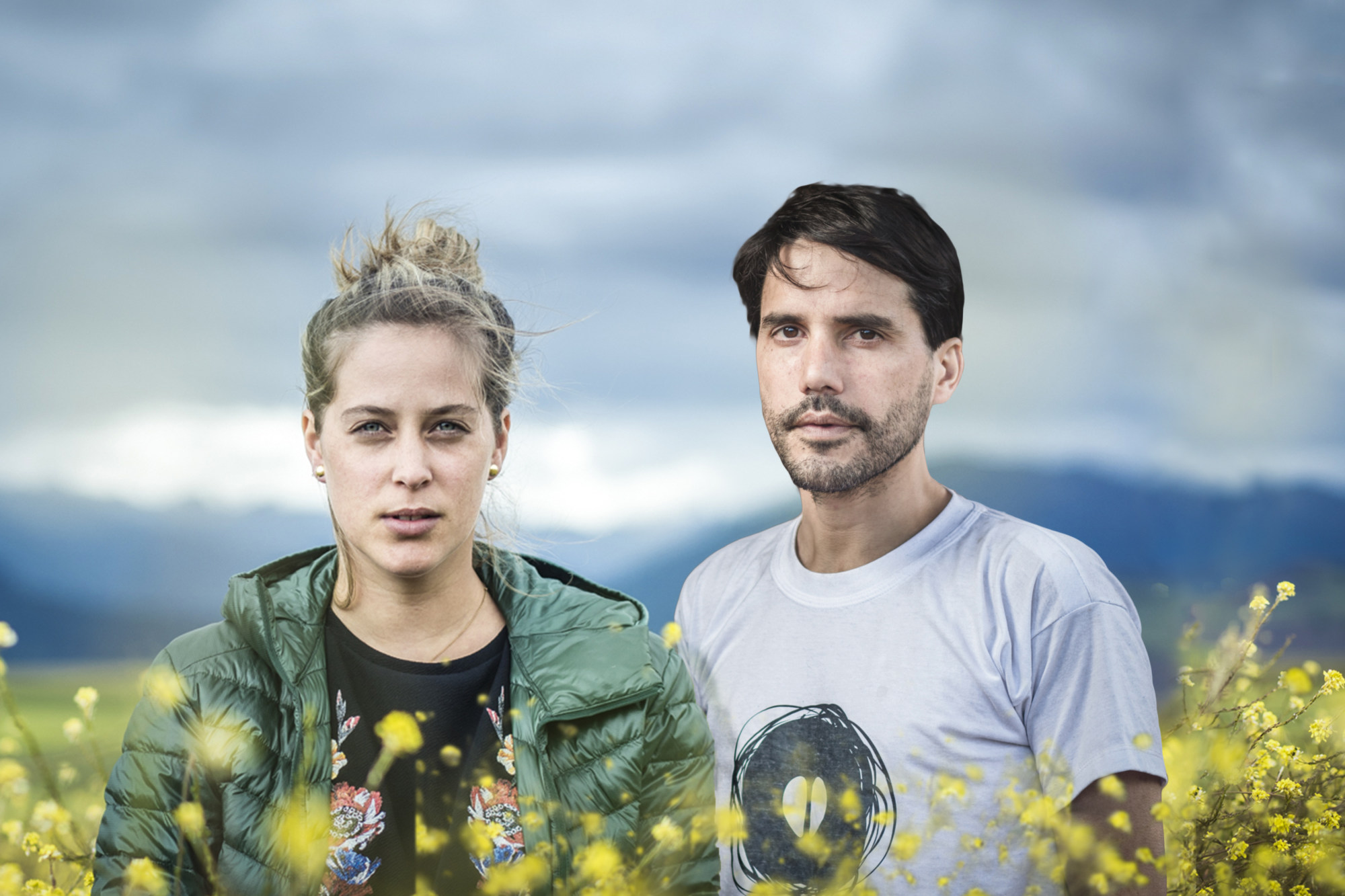
An issue for would-be diners, however, is that securing a booking at Central is harder than ever since the win. Thankfully, there is an alternative, a culinary pilgrimage that follows the same principles as Central and provides deeper insight into Martinez’s world. And that is Mil.
The location – at the mysterious archaeological site of Moray – is spectacular. Built by the Incas centuries ago, it sits at a breathtaking 3,500 metres above sea level, surrounded by the snow-capped peaks of the Andes mountains.
These might well be the best chocolates in the world – here’s why
A series of large circular terraces descend 150 metres into the earth. Temperatures can vary by up to 12 degrees Celsius from top to bottom, creating microclimates on each level.
Its true purpose is unknown, although many believe it served as an agricultural lab. Others say it was a ceremonial centre, and some even think aliens made it.
Either way, it’s the perfect backdrop to Martinez’s ambitious project, run in conjunction with his wife, León, and sister, Malena Martinez.

Mil, which opened in 2018, is social enterprise, research lab and fine-dining venue rolled into one. It falls under the umbrella of Mater, a research and cultural centre “that is the source from which ideas and projects originate for Central and Mil, while maintaining their unique characteristics”, says Virgilio Martinez.
While Central scours all of Peru for ingredients and inspiration, Mil focuses specifically on the Andean ecosystem.
Getting there is part of the experience, as it’s a 90-minute drive from the World Heritage city of Cusco and some 50km from the iconic Machu Picchu, with condors flying above as you wind along twisting mountain roads flanked by farmland and villages.
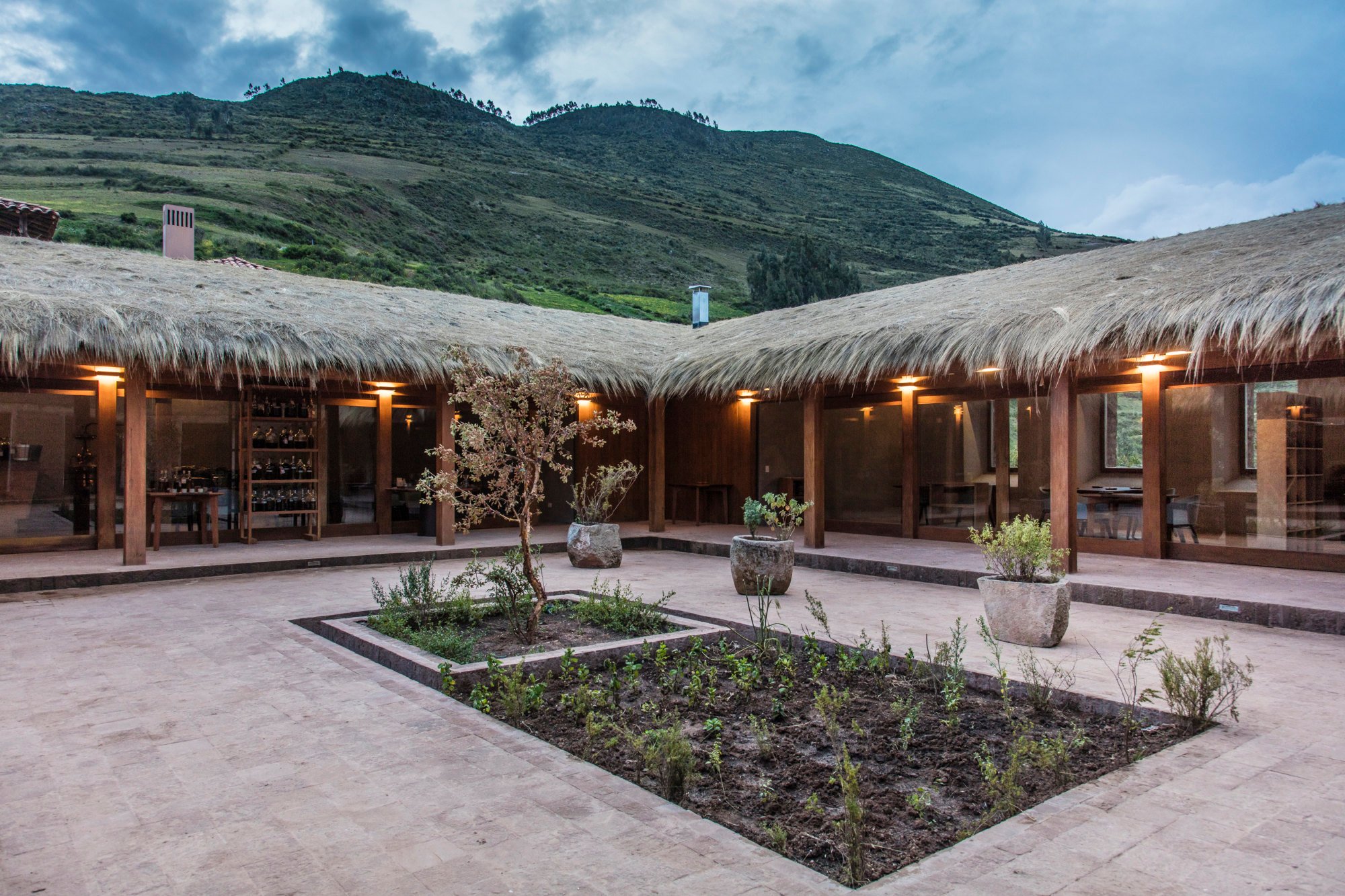
Guests have the option of signing up for the half-day Mil Immersion followed by lunch, or just the latter. Arriving for the immersion, we’re shown into the courtyard of the mud-brick, thatched-roof main building, which sympathetically blends into its surroundings.
Our guide, Jan Brack, a forestry expert, takes us outside to meet Efrain Yucra, a farmer from the local Misminay community. At his feet are colourful piles of corn and root vegetables, which he introduces, including some of the 4,000-plus varieties of potato found in Peru.
But first, chicha. “Since Incan times, it’s the most important drink and in the Andes, we start our day with it instead of water,” says Brack of the fermented corn drink, as Yucra ladles it out of an earthenware pot. Before drinking, he pours a cupful onto the ground, an offering to the goddess Pachamama, or Mother Earth.
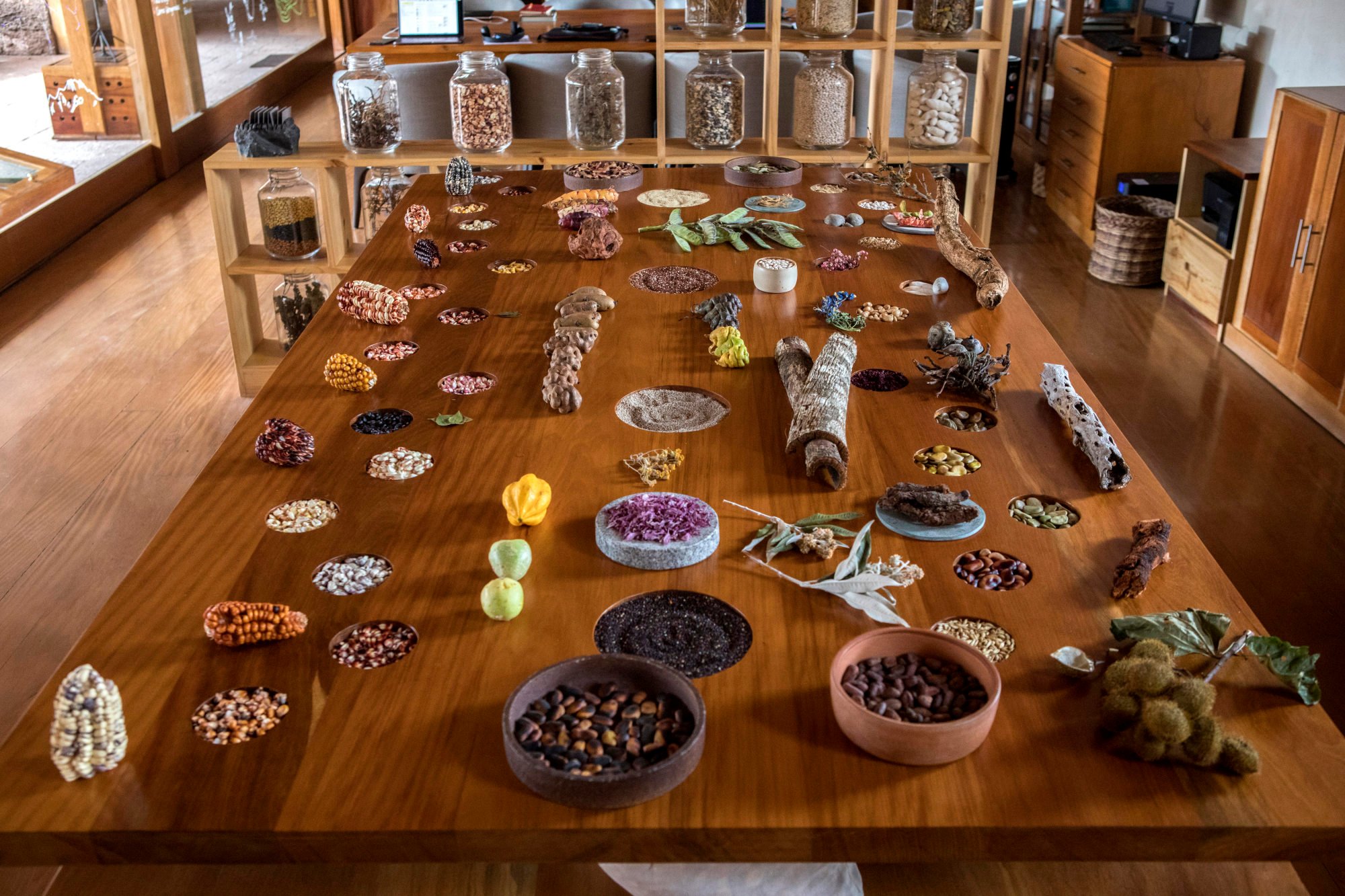
We then stroll along a seasonal botanical route to learn about the native plants and their uses. Although the hill’s incline is gentle and the pace slow, the altitude can cause shortness of breath.
Along the way, Yucra talks about climate change, and how humans have caused it.
“Once upon a time, the rains would reliably come from September until May. Crops like fava beans and corn would be planted and harvests were more plentiful than not. But now the rains don’t come until December or January, and the lack of water, combined with heat, increases the risk of crop failure.”
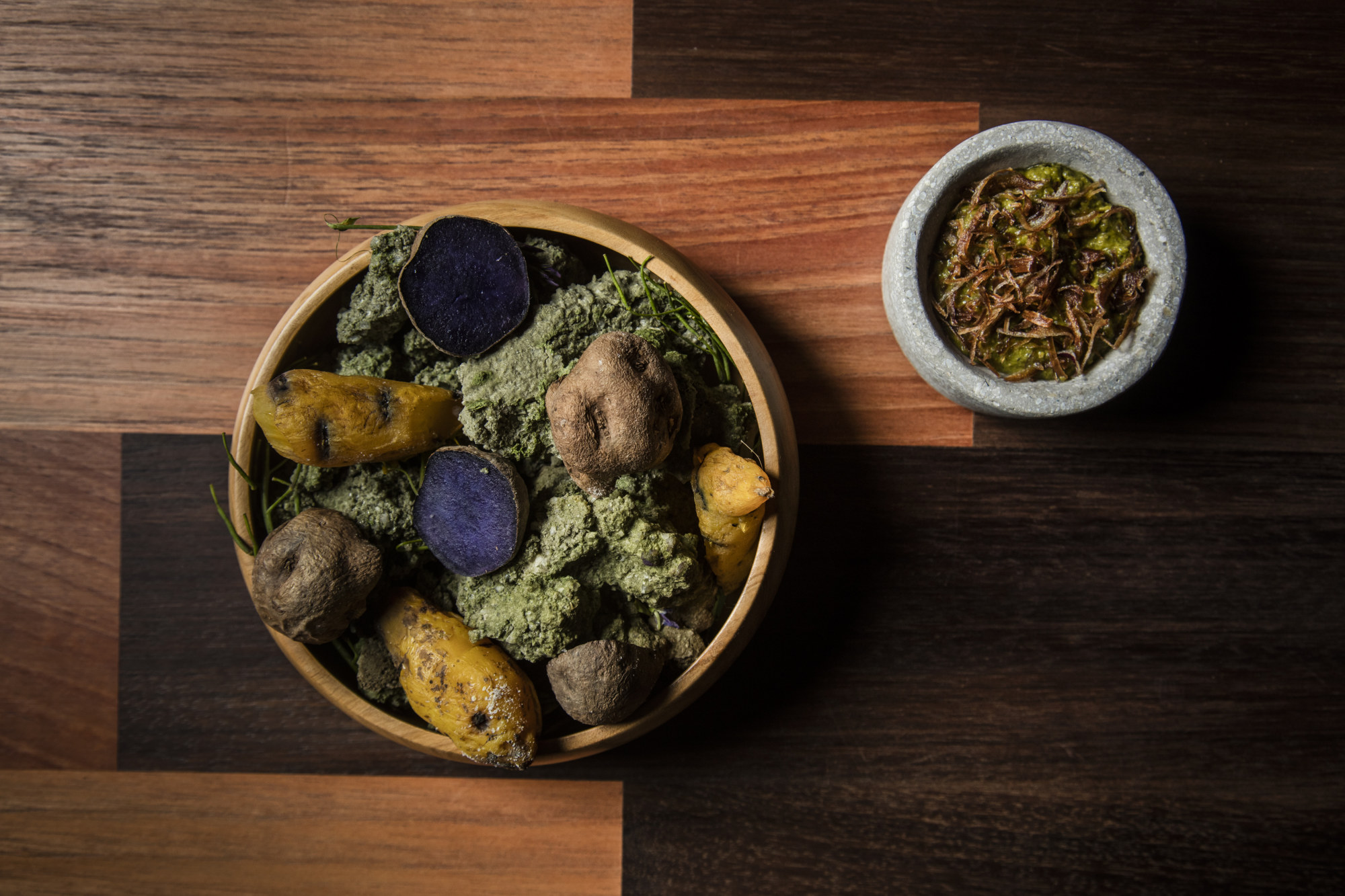
As we walk, Yucra and Brack point out flora endemic to Peru. Among them are kjolle, a hardy tree with bright orange flowers used to dye textiles; checche, a prickly bush with small dark berries that could be the next superfood; and marku, a powerful antiseptic and anti-inflammatory, believed to be as effective as paracetamol.
The walk continues with similar fascinating discoveries, before stopping at a workshop.
Two warmi (women) from the Kacllaraccay community are tending to pots bubbling away over a wood fire. They pull what look like clumps of yellow and orange noodles out. But they’re not preparing food.
Instead, they’re dyeing strands of alpaca wool, which will be woven into textiles for use at Martinez’s restaurants and sold at Mil.
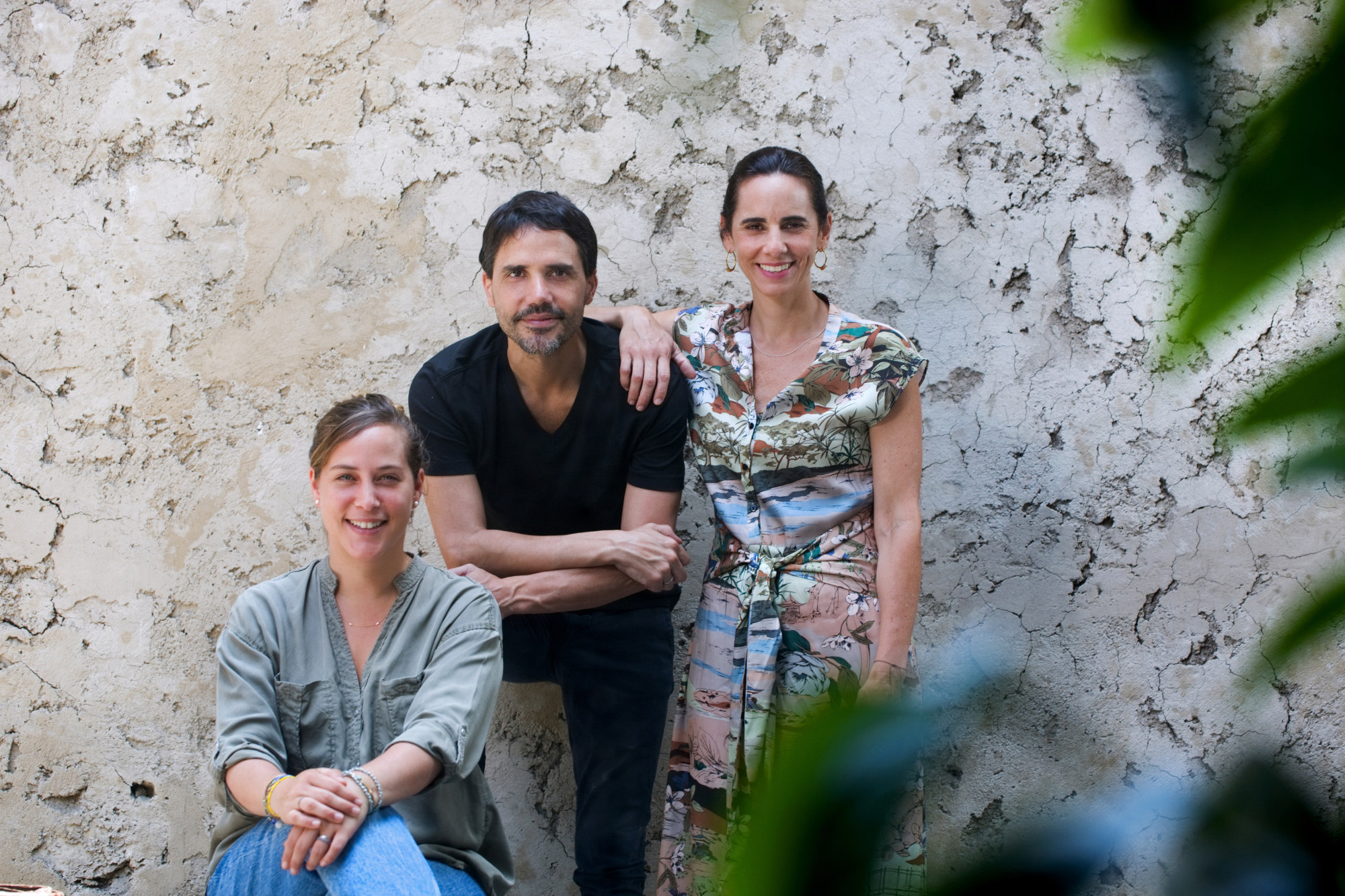
In addition to providing the warmi with an income, the main objective is to preserve weaving traditions and techniques, which are in danger of dying out, for the later generations, Brack tells us.
We head to the bar for alcoholic and non-alcoholic cocktails that highlight the versatility of the plants, before embarking on lunch.
The meal takes place in an airy dining room with a bank of windows that frame the hillside and mountains. Two tasting menus are offered, comprising eight courses representing different ecosystems.

An exquisite procession of dishes follows: cured alpaca, quinoa salad, cornbread and a herbal drink made with cushuro, a protein-rich algae found in Andean lakes and lagoons.
A course of baked potatoes is based on huatia, a sacred ceremony to thank Pachamama for a successful harvest. Potatoes and other tubers such as oca and mashua are cooked in a clay dough, then unearthed and served hot.
Eaten with your hands, it’s a simple yet satisfying dish that provides a tactile connection with the land.
The meal ends with cacao-based desserts, such as a cold cacao crumble juxtaposed with a luscious chocolate cream and a knockout hot chocolate.
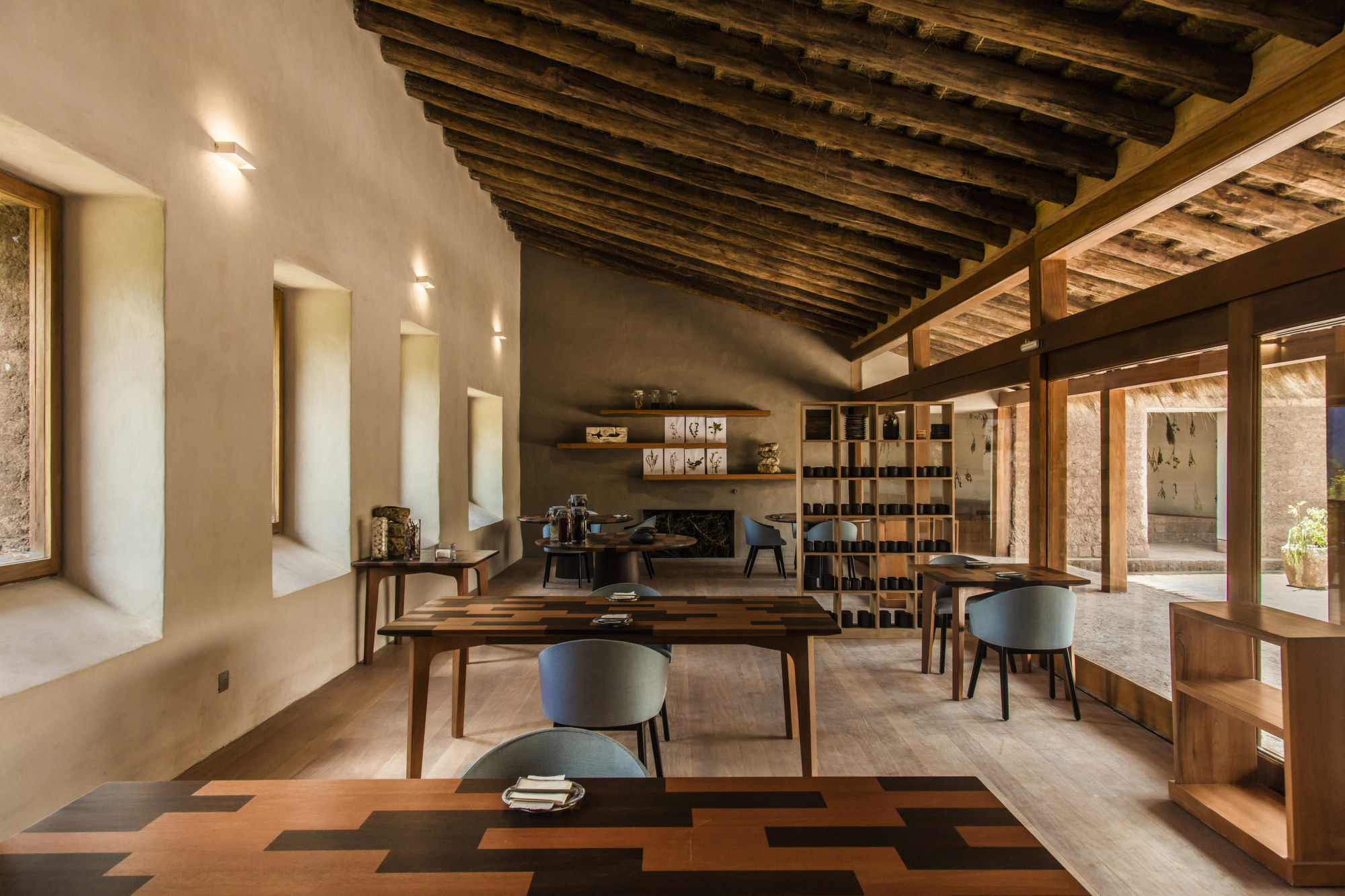
Martinez, who stops by during lunch, says it took a couple of years to gain the approval of the local communities for Mil to become reality. Villagers wanted to ensure they wouldn’t be exploited; now together with Mil, they follow the Andean vision of “Ayni”, the Quechua word for a system of reciprocity that roughly means “today for you, tomorrow for me”.
Farmers and artisans – including warmi weavers, female Anccoto embroiderers, and many more – are making more money than before, traditions have been preserved and indigenous culture and cuisine have been promoted to an international audience.
Rather than slowing down, Martinez feels that the win puts greater responsibility on the team to be ambassadors for Peru and Latin America.
“We are not even halfway where we want to be,” he says. “We will continue to grow, develop new projects, and be enthusiastic about what the future holds.”
What you need to know
Reservations for Central open three months in advance. Two tasting menus are offered.
Sharing the building with Central is Kjolle, a separate restaurant where Pia León showcases Peruvian ingredients in an à la carte format. Stay at Miraflores Park, a short taxi ride away.
Hong Kong bidder pays US$141,000 at auction for giant white truffle
Reservations at Mil are much easier than at Central, and open nine months ahead. Travellers should allow 24 to 48 hours to acclimatise to the altitude.
The Palacio Nazarenas hotel, in Cusco, has oxygen-enriched rooms that make it easier to breathe. Mauka, the hotel’s signature restaurant, is overseen by León.
Alternatively, travellers can stay at Rio Sagrado in the Sacred Valley, which is at a lower elevation and a 45-minute drive from Moray.

